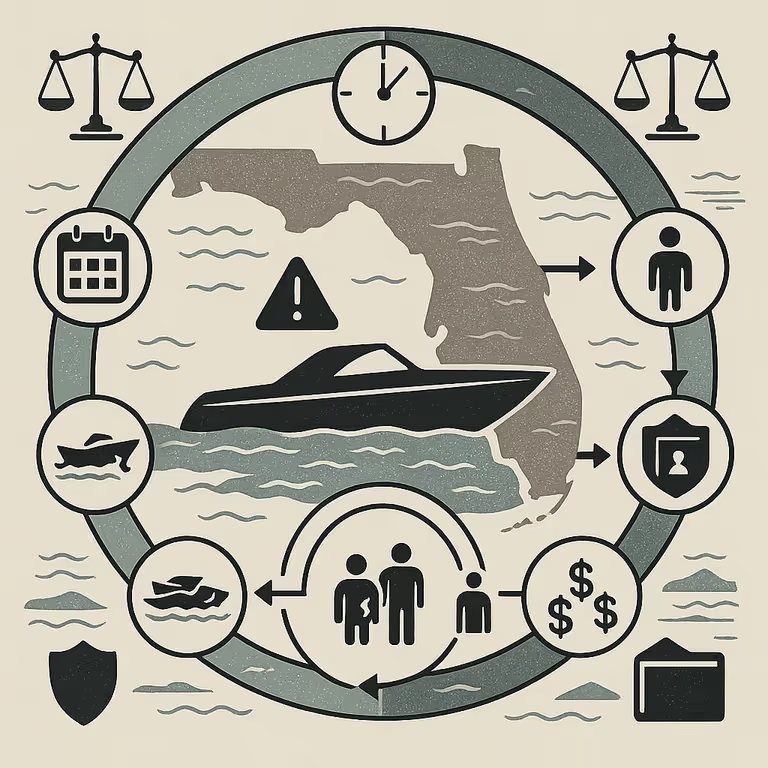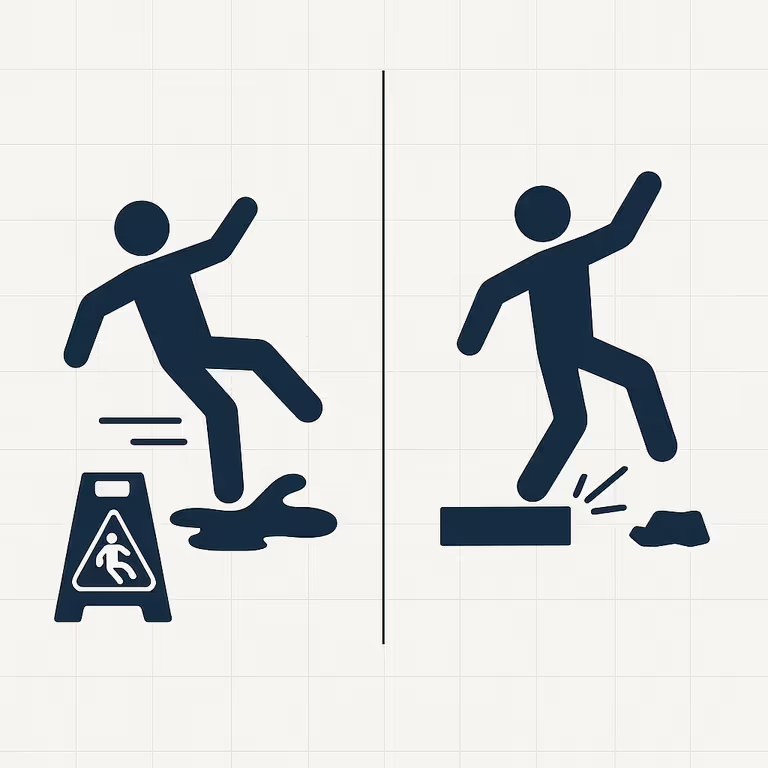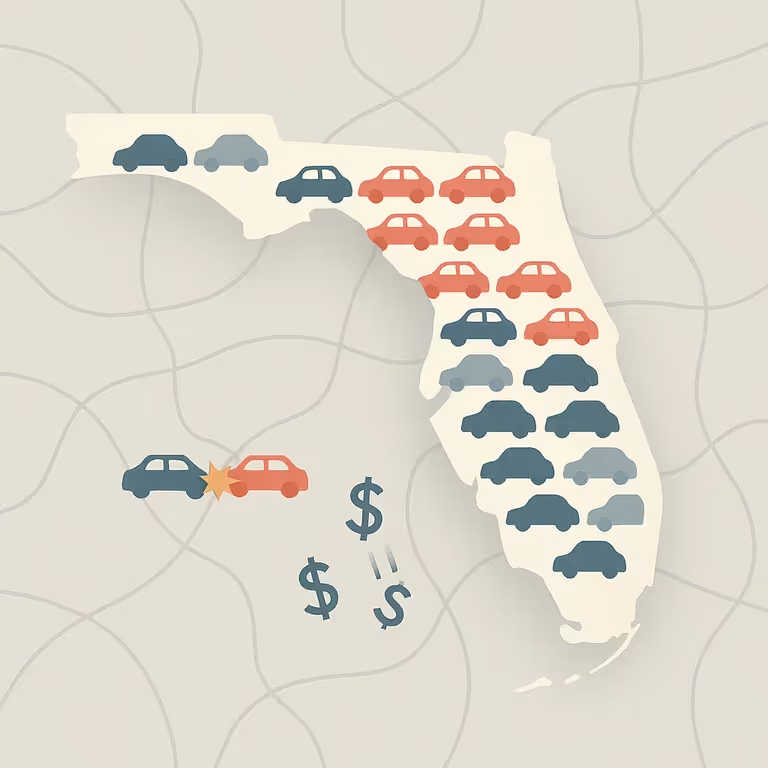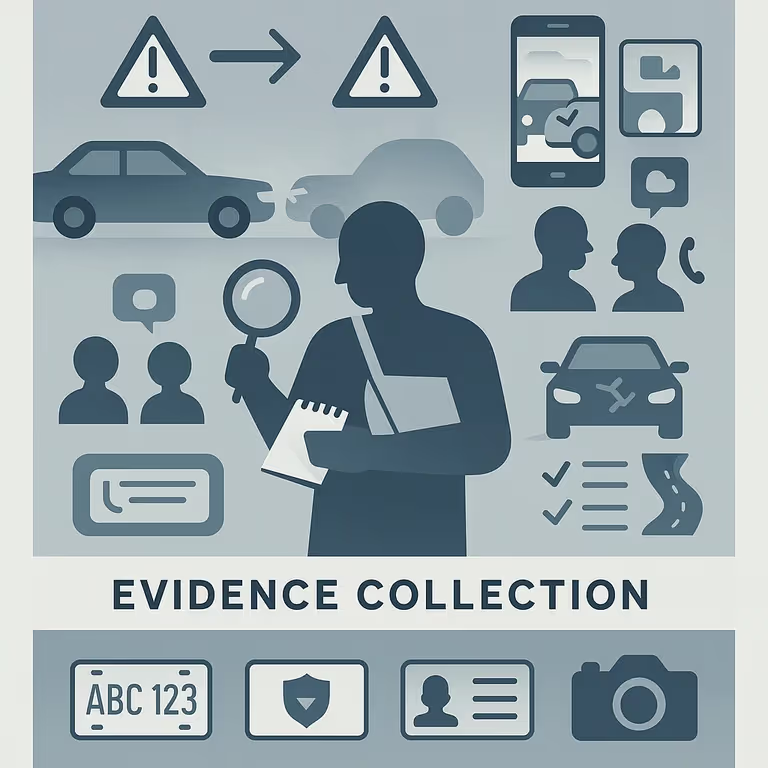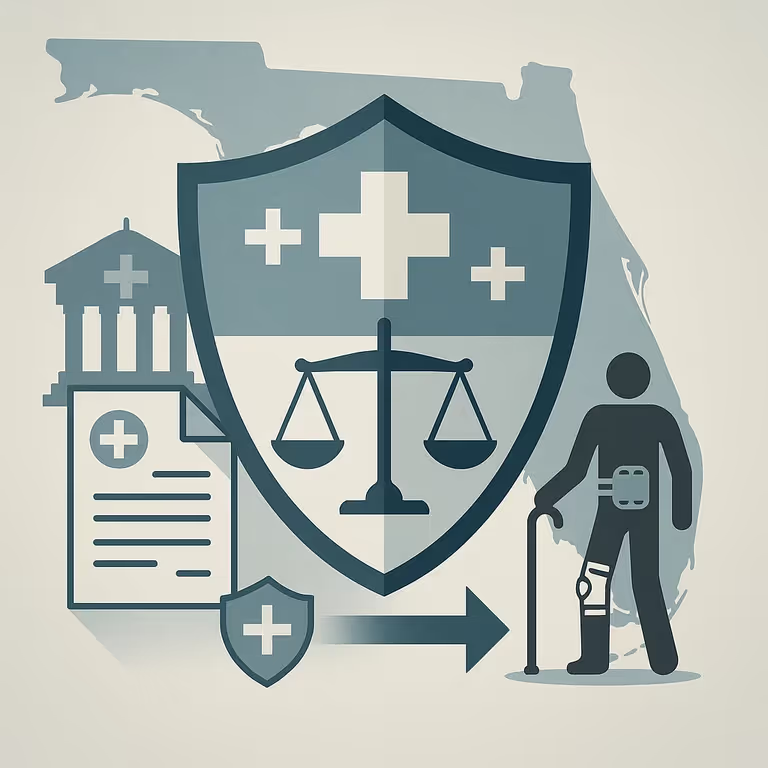Are Things More Violent?
Explore the gap between violent crime statistics and public perception with The Law Offices of Douglas R. Beam, P.A. Learn what shapes our views.
.avif)
Worried About Your Injury Case? We'll Review It - Free!


Late at night, lying in bed, you scroll through your phone. The day's stress lingers, and you hope to unwind with a quick video. But instead of a funny clip or a heartwarming story, a news alert pops up: a recent crime in your neighborhood. You haven’t heard of any crimes happening nearby until a few months ago, yet now it seems you’re alerted to every incident. Is crime really on the rise, or is something else at play?
A century of data marks a complex relationship with violent crime in the United States. Social, economic, and political factors have led to a rising and waning chart. The early 20th century, for instance, saw relatively low crime rates, but the Prohibition era in the 1920s brought a spike in violence, as organized crime took hold. The 1970s and 1980s marked another peak, often attributed to economic instability, the crack cocaine epidemic, and urban decay.
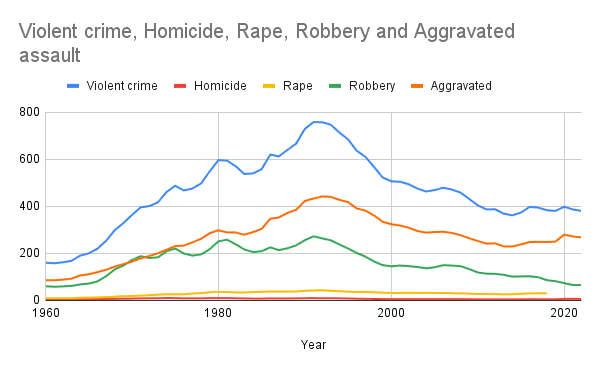
Source: FBI
Violent Crime Is Not Rapidly Increasing
The narrative of rising crime shifted in the 1990s. Violent crime rates began to decline sharply, a trend credited to various factors, including improved policing techniques, demographic shifts, and a booming economy. Despite the perception of a continuous rise in violent crime, data from the FBI’s Uniform Crime Reporting (UCR) Program indicates that the crime rate in the 2010s was significantly lower than during the peak years of the late 20th century. Yet, short-term spikes, such as those observed in certain cities during 2020, suggest that our understanding of crime trends requires a nuanced approach.
In recent decades, the overall trend in violent crime has shown a decline, despite occasional increases. Technological advancements in crime reporting have played a crucial role in shaping public perception. The integration of digital reporting systems in law enforcement agencies has led to more comprehensive and timely data collection. This improvement means incidents that might have gone unreported in the past are now documented, potentially contributing to the perception of increased crime rates. These advancements have also facilitated more effective policing strategies, helping to address crime more efficiently.
Why Does It Feel Unsafe?
Beyond the data lies the most significant layer: the media's role in shaping our perception of safety. The 24-hour news cycle and the rise of digital media have profoundly impacted how individuals perceive crime and safety. Thinkers like Noam Chomsky have long discussed how the media shapes societal views and behaviors. Continuous reporting on violent incidents, often with sensational coverage, creates an amplified fear of crime among the public. This phenomenon, known as "mean world syndrome," suggests that prolonged exposure to media portrayals of violence leads people to perceive the world as more dangerous than it actually is. Psychological studies support this view, indicating that constant exposure to crime news increases public fear and anxiety, regardless of actual crime rates.
This amplified fear can have profound societal implications. If violent crime is, in fact, decreasing as the data suggests, we face the paradox of declining crime rates alongside increasing public fear. Media coverage often drives societal responses to crime, which may not align with actual crime realities. On the other hand, if an increase in crime is observed, it is essential to analyze potential underlying causes such as economic disparities, social unrest, and gun prevalence. Addressing these root causes is crucial for developing effective strategies to combat crime rather than merely reacting to its symptoms.
Charting the Waters Ahead
Given these complexities, what can be done to align perception with reality and address the root causes of crime? Recommendations for policymakers, law enforcement, and media outlets are necessary. Enhancing community policing initiatives and investing in social services to address root causes of crime are crucial steps. Additionally, advocating for responsible journalism that avoids sensationalism can help mitigate public fear. Community initiatives, such as neighborhood watch programs and youth engagement activities, can strengthen communal ties and reduce crime, fostering a sense of safety and solidarity.
As you lay in bed, pondering the latest news alert, remember that the story of crime in America is complex and multifaceted. By looking beyond the headlines and understanding the broader trends, we can better navigate our fears and work towards a safer, more informed society.




Not Sure What To Do Next? We Can Help – Fast & Free.
Worried About Your Injury Case?
We'll Review It - Free
Don’t miss an article
Florida law, local insights, and the occasional dog pic.
Delivered straight to your inbox.
More articles
Browse all articlesFree Case Review
Get a complimentary review of your case

.webp)

